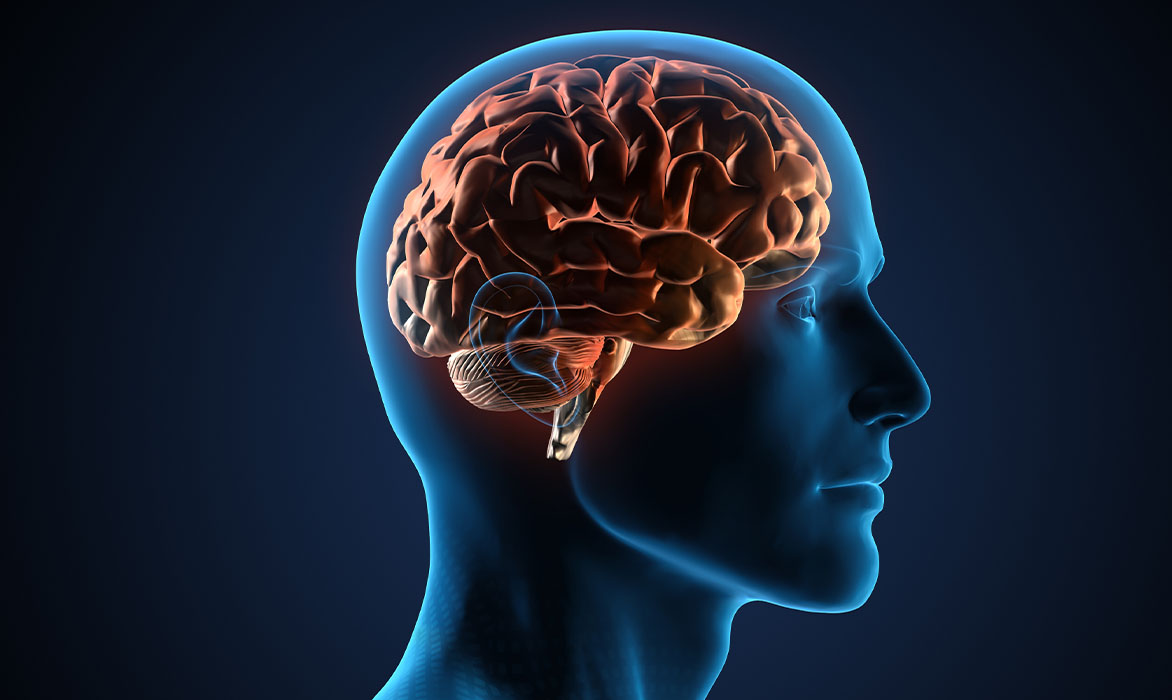
Vagus Nerve Stimulation
Vagus nerve stimulation involves using a device to stimulate the vagus nerve with electrical impulses. There are vagus nerves on each side of your body that run from your brain stem to your neck and chest and abdomen. In vagus nerve stimulation, a device is surgically implanted under the skin in your chest and a wire is threaded under your skin that connects the device to the left vagus nerve. When activated, the device sends electrical signals along the left vagus nerve to the brainstem, which in turn sends signals to specific areas of your brain. The right vagus nerve is not used because it is more likely to carry fibers that supply nerves to the heart.
Who Is Vagus Nerve Stimulation Suitable For?
About one-third of people with epilepsy do not fully respond to anti-seizure medications. Vagus nerve stimulation may be an option to reduce the frequency of seizures in people who cannot be controlled with medications. Suitable for patients 4 years and older.
Vagus nerve stimulation may also be helpful for people who do not respond to intensive treatments for depression, such as antidepressant medications, psychological counseling (psychotherapy), and electroconvulsive therapy (ECT).
Additionally, vagus nerve stimulation is under investigation as a potential treatment for a variety of conditions, including headaches, rheumatoid arthritis, inflammatory bowel disease, bipolar disorder, obesity, and Alzheimer’s disease.
What Are the Risks of Vagus Nerve Stimulation?
Vagus nerve stimulation is generally safe. However, both device placement surgery and brain stimulation have some risks.
What Are the Risks of Vagus Nerve Stimulation Surgery?
Surgical complications of implanted vagus nerve stimulation are rare. These less frequently reported side effects are:
- Pain where the cut (incision) was made to implant the device
- Infection
- difficulty swallowing
- Vocal cord paralysis, which is usually temporary, rarely permanent
What are the Post-Surgery Side Effects?
Some side effects and health problems associated with implanted vagus nerve stimulation may include:
sound changes
hoarseness
Sore throat
Cough
Headache
Shortness of breath
difficulty swallowing
skin tingling
Insomnia
worsening of sleep apnea
For most people, the side effects are tolerable. They may decrease over time, but some side effects may persist.
Adjusting electrical impulses can help minimize these effects. If the side effects are bothersome, the device may be switched off temporarily or permanently.
Preparation
It is important to carefully consider the pros and cons of implanted vagus nerve stimulation before deciding on the procedure. Make sure you know what all your other treatment options are and that both you and your doctor think vagus nerve stimulation is the best option for you.
Food and Drugs
Some medications may need to be discontinued and your doctor may ask you not to eat the night before the procedure.
- Before the Procedure
Before surgery, you may need blood tests or other tests to make sure you don’t have any health problems that could be a problem. To prevent infection, your doctor may want you to start taking antibiotics before surgery.
- During the Procedure
Ameliyat genellikle bir saat ile bir buçuk saat arasında sürer. Lokal anestezi veya genel anestezi ile yapılabilir. Biri göğsünüzde veya koltuk altı (koltuk altı) bölgesinde, diğeri de boynun sol tarafında olmak üzere iki kesi yapılır. Puls üreteci göğsünüzün sol üst tarafına implante edilir. Cihaz kalıcıdır, ancak gerekirse çıkarılabilir.
The stimulator is approximately the size of a stopwatch and runs on battery power. A lead wire is connected to the pulse generator. The lead wire is routed under your skin from your chest to your neck, where it connects to the left vagus nerve through the second incision.
- After the Procedure
The pulse generator is turned on during a visit to your doctor’s office a few weeks after surgery. It can then be programmed to transmit electrical impulses to the vagus nerve at various times, frequencies, and currents. Vagus nerve stimulation usually starts at a low level and is gradually increased depending on your symptoms and side effects.
Stimulation is programmed to turn on and off at specific cycles, such as 30 seconds on, five minutes off. You may have a tingling sensation or mild pain in your neck and temporary hoarseness when nerve stimulation is on.
The stimulator does not detect seizure activity or symptoms of depression. When turned on, the stimulator turns on and off at intervals chosen by your doctor. If you sense an impending seizure at a different time, for example, you can use a hand-held magnet to start the stimulation.
The magnet can also be used to temporarily shut off vagus nerve stimulation that may be needed when you do certain activities such as speaking in public, singing or exercising, or while eating if you have trouble swallowing.
You will need to visit your doctor periodically to make sure the pulse generator is working properly and does not slip out of position. Consult your doctor before having any medical tests such as magnetic resonance imaging (MRI) that may affect your device.
Results
Implanted vagus nerve stimulation is not a cure for epilepsy. Most people with epilepsy do not completely stop having seizures or taking epilepsy medication after the procedure. However, most can have up to 20-50% fewer seizures. Vagus nerve stimulation can shorten seizure duration and post-seizure status. People who undergo vagus nerve stimulation to treat epilepsy may also experience improvements in mood and quality of life.
Research on the benefits of vagus nerve stimulation for the treatment of depression is still mixed. Some studies have shown that the benefits of vagus nerve stimulation for depression increase over time, requiring follow-up to understand the benefit.
